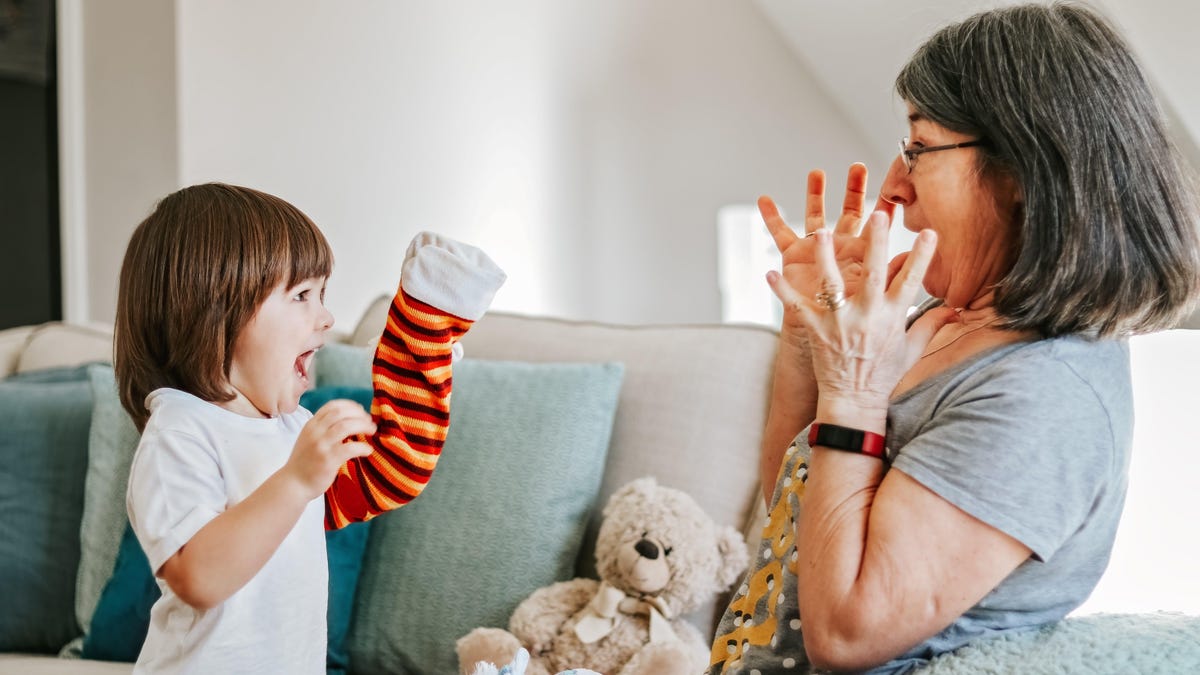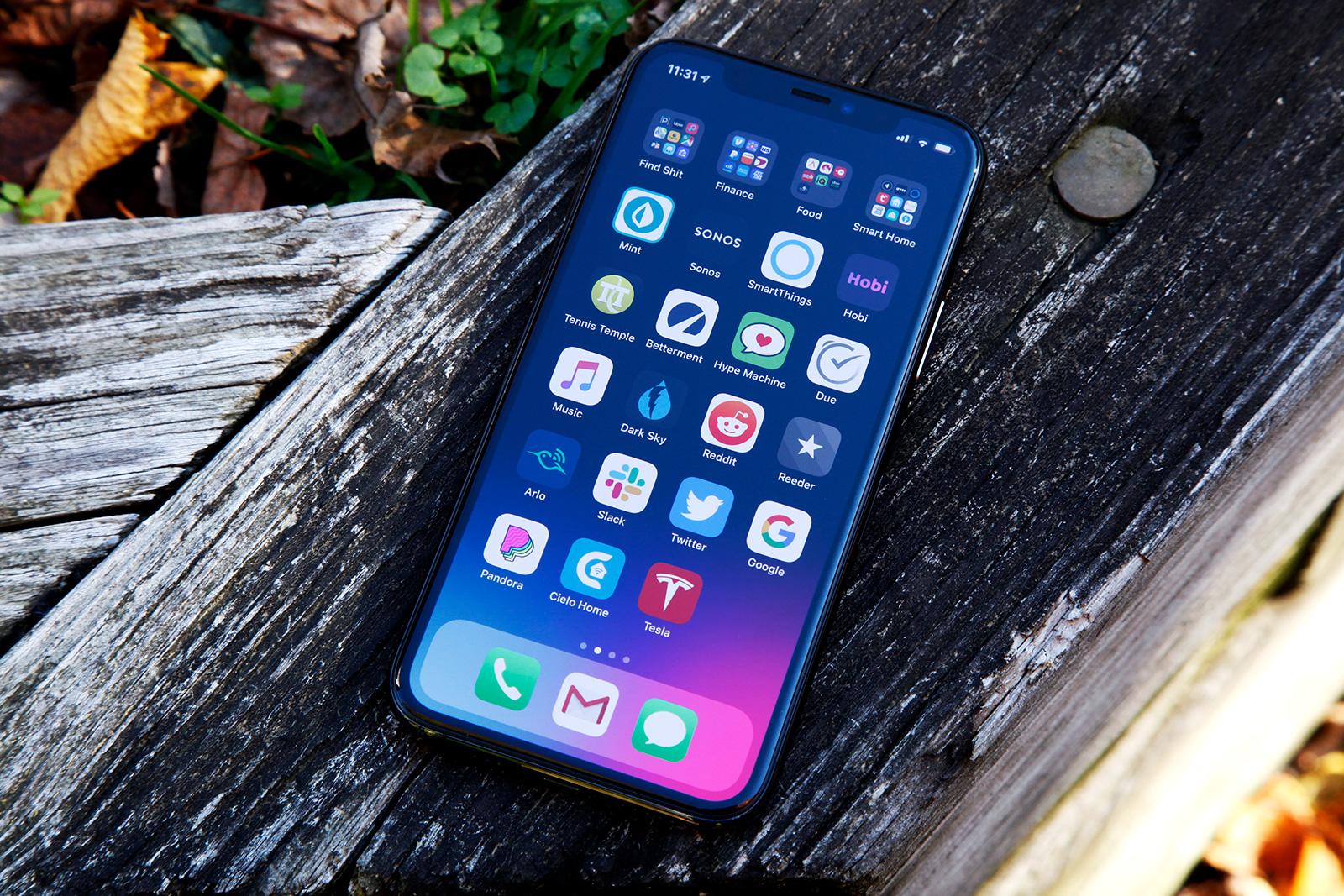Multiple causes underlie a disturbing trend. The increase for girls is more than double that for boys

In the new paper, published on September 8 in the Journal of the American Academy of Child & Adolescent Psychiatry, researchers extracted information from Centers of Disease Control and Prevention databases about the 1,810 Black people aged five to 17 who had died by suicide between 2003 and 2017. They found that suicides rose over time during that period among Black youth of all ages and that the biggest increases occurred among teens aged 15 to 17. More than 2.5 times as many Black boys died by suicide as Black girls, but the annual increase among girls—6.6 percent—was more than twice what it was for boys.
The findings are “deeply concerning,” says Janelle Goodwill, a psychologist and social worker at the University of Chicago Crown Family School of Social Work, Policy, and Practice, who was not involved in the research. They also challenge the long-held assumption that suicide rates among young white individuals are higher than those among young Black people. The September 8 paper only analyzed data through 2017, so it lacks figures for the COVID-19 pandemic. A CDC study published in August 2020 reported that, in late June of that year, more than one quarter of young adults had contemplated suicide within the past 30 days.
Suicides among Black youth may have increased for a variety of reasons. For one thing, adverse childhood experiences are extremely high in this group, says Michael A. Lindsey, a co-author of the new study and executive director of the McSilver Institute for Poverty Policy and Research at New York University, and such experiences could be increasing. Black youth may also be experiencing more racial discrimination, which has been linked to an increased risk of suicide. And they may be traumatized by headlines about the deaths of Trayvon Martin, Michael Brown and other young Black individuals.
Psychological barriers to accessing mental health care may provide another explanation for these findings. “There’s a lot of stigma related to mental health treatment that seems to persist in Black communities and families,” Lindsey says, “including the propensity to want to share concerns related to one’s emotional and psychological well-being with family members only—and not share it with professionals.”
It is unclear why rates of suicide are increasing most among Black girls, but Lindsey notes that the discrimination and sexual violence they experience may increase the risk that they will take their own life. According to the CDC, one in eight high school girls of all races experiences sexual dating violence, compared with one in 26 high school boys. Black teen girls also appear to be at a higher risk of sexual violence than girls of other races—and such violence is a known suicide risk factor. Other research has pointed to the compounding effects of sexism and racism on Black girls and how together they might increase this group’s risk of depression and anxiety, compared with that of Black boys.
Black girls also follow different trajectories when contemplating suicide than Black boys do, according to another new study published in September in Prevention Science. Based on results from nationally representative surveys, researchers found that high schoolers who attempted suicide impulsively, without prior suicidal ideation, were disproportionately Black and male and less likely to report feelings of sadness and hopelessness. Female high schoolers, on the other hand, were more apt to feel sad and hopeless and go through mental planning steps before their attempts.
According to Meghan Romanelli, a licensed clinical social worker at the University of Washington School of Social Work and a co-author of the Prevention Science paper, Black boys who attempt suicide may be less likely than others to suffer from the feelings of sadness and hopelessness that characterize depression and might fit the criteria for other diagnoses, such as post-traumatic stress disorder. If so, “it’s likely that these youth are experiencing symptoms or warning signs that we aren’t recognizing or picking up on,” she says. They may also be less likely to tell others that they are struggling.
Another condition linked to suicide in Black youth is attention deficit hyperactivity disorder, or ADHD. In the Journal of the American Academy of Child & Adolescent Psychiatry study, five- to 11-year-old Black children with a diagnosis of ADHD were at a heightened risk of suicide. ADHD itself might not increase suicide risk, Lindsey says. But rather symptoms of ADHD and depression—which can include irritability and interpersonal problems—can overlap and make it hard for professionals to recognize that kids with the disorder are also depressed. “The underlying reasons for why they’re irritable or angry might be missed,” he notes.
The new studies have important implications for suicide prevention in Black communities. Teachers, parents and mental health professionals who engage regularly with Black youth need to be educated as to “nuanced, subtle behaviors that actually might be indicating that a child is at risk,” Lindsey says. They need to learn that at-risk youth may express irritability rather than sadness as a warning sign. Physical symptoms could be important, too: Lindsey’s research has shown that depressed Black youth who live in low-income housing sometimes complain of physical pain. Interventions that aim to reduce the stigma associated with mental health treatment in Black communities are now becoming available. Lindsey and his colleagues developed a program called the Making Connections Intervention to provide depressed young people with mental health care and reduce the stigma associated with receiving it.
Another goal of such interventions should be to convey the message to Black children and teenagers that they are valued members of society. Right now there is a “lack of compassion and care for young Black lives,” Goodwill says, which may be fueling feelings of worthlessness. We must counteract this pernicious message, she says, so that young Black people in America understand that “their lives are full of meaning and purpose.”
IF YOU NEED HELP
If you or someone you know is struggling or having thoughts of suicide, help is available. Call the National Suicide Prevention Lifeline at 1-800-273-8255 (TALK), use the online Lifeline Chat or contact the Crisis Text Line by texting TALK to 741741.
ABOUT THE AUTHOR(S)

Melinda Wenner Moyer, a contributing editor at Scientific American, is author of How to Raise Kids Who Aren’t Assholes: Science-Based Strategies for Better Parenting—from Tots to Teens (G. P. Putnam & Sons, 2021).
Credit: Nick Higgins
Note: This article have been indexed to our site. We do not claim ownership or copyright of any of the content above. To see the article at original source Click Here








